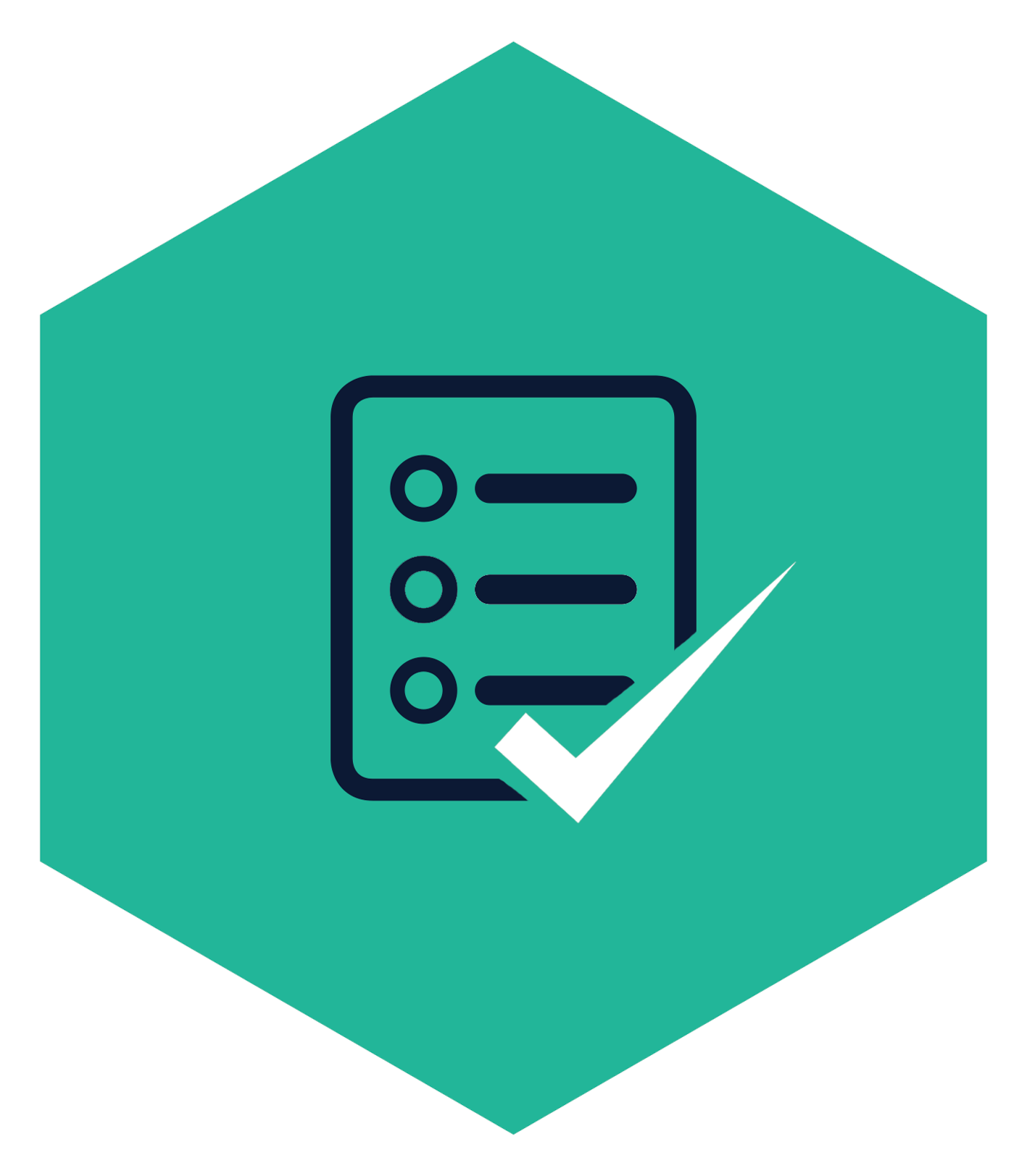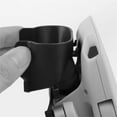Flights to Japan can vary significantly in length, especially depending on where you're flying from. For instance, travelers departing from cities on the West Coast of the United States, such as Los Angeles or San Francisco, will experience shorter flight times compared to those flying from Europe or the East Coast. Additionally, direct flights tend to be faster, while connecting flights may extend your travel time. Knowing these details can help you make informed decisions about your travel plans.
Aside from the flight duration, other factors like time zones, layovers, and in-flight services can impact your overall travel experience. Understanding these elements will not only prepare you for the journey but also ensure that you arrive in Japan feeling refreshed and ready to explore. Let’s dive deeper into the specifics of flight durations, layovers, and tips to make your trip as seamless as possible.
- How Long Is a Flight to Japan?
- What Factors Affect Flight Duration?
- How Long Is a Flight to Japan from Major Cities?
- Should You Choose Direct or Connecting Flights?
- How to Make Long Flights More Comfortable?
- What to Expect During Layovers?
- How Long Is a Flight to Japan in Different Time Zones?
- Tips for Planning Your Trip to Japan
- How Long Is a Flight to Japan in Economic vs. Business Class?
- Conclusion
How Long Is a Flight to Japan?
When asking "how long is a flight to Japan," it's essential to consider the distance between your departure point and Japan. For example, a direct flight from Los Angeles to Tokyo typically takes around 11 to 12 hours. In contrast, a flight from New York City to Tokyo can last approximately 13 to 14 hours. These durations are based on direct flights, but if you're traveling with layovers, the total travel time can increase significantly.
Read also:Hdhub4uearth Your Ultimate Guide To Highquality Streaming And Downloads
Flights from Europe to Japan, such as from London to Tokyo, usually take around 11 to 12 hours for direct flights. However, flights with connections can extend the journey to 15 hours or more. Similarly, travelers from Australia to Japan can expect a flight duration of about 9 to 10 hours for direct routes, while connecting flights may take longer.
What Factors Affect Flight Duration?
Several factors can influence the duration of your flight to Japan. These include:
- Departure Location: Your starting point plays a significant role in determining how long your flight will take. Flights from closer regions, such as South Korea or China, are naturally shorter than those from distant continents like Europe or North America.
- Airline and Route: Different airlines may offer varying flight paths, which can affect travel time. Some airlines prioritize direct routes, while others may include layovers to optimize costs.
- Weather and Air Traffic: Adverse weather conditions or high air traffic can lead to delays, impacting the total duration of your journey.
How Long Is a Flight to Japan from Major Cities?
If you're flying from major global cities, here's a breakdown of approximate flight durations to Japan:
- Los Angeles to Tokyo: 11-12 hours
- New York City to Tokyo: 13-14 hours
- London to Tokyo: 11-12 hours
- Sydney to Tokyo: 9-10 hours
- Paris to Tokyo: 12-13 hours
Should You Choose Direct or Connecting Flights?
Choosing between direct and connecting flights is a common dilemma when planning a trip to Japan. Direct flights are generally faster and more convenient, allowing you to reach your destination without interruptions. However, they can be more expensive compared to connecting flights.
On the other hand, connecting flights may offer cost savings but come with the added inconvenience of layovers. Depending on the layover duration, you might spend additional hours at airports, which can make your journey feel longer. If you're looking to minimize travel time, direct flights are the better option.
How to Make Long Flights More Comfortable?
Long flights can be exhausting, but there are ways to make them more comfortable:
Read also:Net Worth Of Rockefeller Family
- Choose the Right Seat: Opt for a window seat if you want to rest or an aisle seat for easier access to the restroom.
- Stay Hydrated: Drink plenty of water to combat the dry cabin air, which can cause dehydration.
- Bring Entertainment: Load your devices with movies, music, or books to keep yourself entertained during the flight.
- Stretch Regularly: Perform simple stretches to improve circulation and reduce the risk of deep vein thrombosis (DVT).
What to Expect During Layovers?
Layovers are an inevitable part of connecting flights, and knowing what to expect can help you prepare. During layovers, you'll have time to explore the airport, grab a meal, or even take a quick nap. Some airports, like those in Seoul or Hong Kong, offer transit hotels or lounges where you can relax before your next flight.
It's essential to check the layover duration when booking your ticket. Short layovers of 1-2 hours may not give you enough time to leave the transit area, while longer layovers of 5-6 hours may allow you to explore the city briefly.
How Long Is a Flight to Japan in Different Time Zones?
Time zones can also play a role in your perception of flight duration. For instance, flying from New York to Tokyo involves crossing multiple time zones, which can make the journey feel longer due to jet lag. Understanding the time difference between your departure and arrival points can help you adjust your schedule accordingly.
Tips for Planning Your Trip to Japan
Planning a trip to Japan involves more than just booking flights. Here are some tips to ensure a smooth journey:
- Book Early: Secure your flights and accommodations well in advance to get the best deals.
- Research Visa Requirements: Check if you need a visa to enter Japan based on your nationality.
- Pack Smart: Bring essentials like travel adapters, comfortable clothing, and necessary medications.
- Learn Basic Japanese Phrases: Knowing a few phrases can help you communicate more effectively during your trip.
How Long Is a Flight to Japan in Economic vs. Business Class?
While the duration of the flight remains the same regardless of the class, your experience can differ significantly. Business class offers more comfort, better meals, and additional amenities, making long flights more enjoyable. However, economy class is more budget-friendly and still provides a decent experience for most travelers.
Conclusion
Understanding how long a flight to Japan takes is crucial for planning a successful trip. Whether you're flying from North America, Europe, or elsewhere, knowing the flight duration, layover options, and time zone differences can help you prepare for a seamless journey. By choosing the right flight and following the tips outlined in this article, you can make your trip to Japan as enjoyable and stress-free as possible. So, pack your bags and get ready to explore the Land of the Rising Sun!

